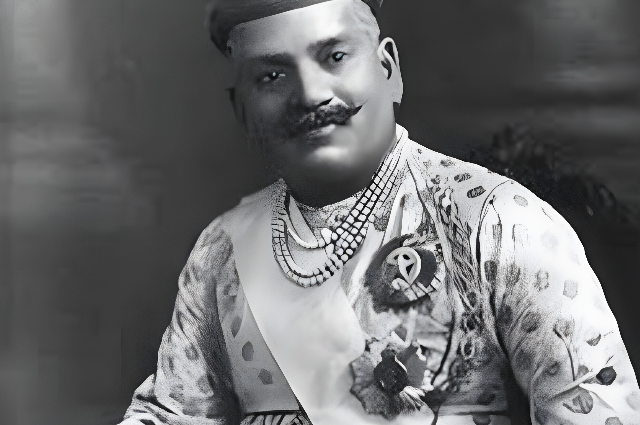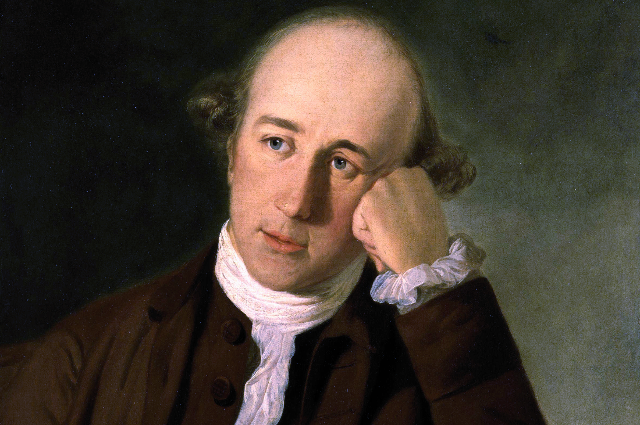Before plunging into the details of the judicial murder, it becomes significant for all of us to know as to who was the 'murderer' and who was 'murdered' in the entire drama. The entire plot summarizes the differences and conflicts between the, then, Governor-General of Bengal in British India (Warren Hastings ) and an influential Brahmin of Bengal (Nand Kumar).
Nand Kumar who was a tax collector in the province of Bengal had some differences with Warren Hastings. After the passage of the Regulating Act of 1773, differences arose between Warren Hastings and his Council members as well. Taking advantage of the situation, Nand Kumar accused Warren Hastings of charges like corruption and bribery. Thereafter, Nand Kumar was asked to appear in person before the Governor- General's Council to substantiate the charges he had made.
Warren Hastings refused to confront Nand Kumar and dissolved the Council in hush and a fit of rage. Warren Hastings deplored Nand Kumar with statements like, 'worthless of people' and 'wretch' etc. This very demeanour on the part of Warren Hastings drew suspicion to the entire matter.
Thereafter, Warren Hastings with an avengeful spirit along with his allies hatched a counter-offensive against Nand Kumar and substantiated some charges of forgery along with the evidence against Nand Kumar. Eventually, the case of Nand Kumar was referred to the Supreme Court of Calcutta. The jury there found Nand Kumar guilty of 'forgery' and was later 'hanged to death' as the punishment for the crime.
The legitimacy of the trial of Nand Kumar has been acclaimed. There are some who believe that Nand Kumar was actually a corrupt person and the acts of Warren Hastings were justified. It was only a mere coincidence and Warren Hastings had to do nothing with it. Critics of Warren Hastings have described the trial of Nand Kumar as a 'Judicial Murder'. Lord Macaulay says that it was Warren Hastings only who was the 'real prosecutor' in the matter and only idiots will say that Warren Hastings had to do nothing with the matter. It has also been said that the Chief Justice of the Supreme Court of Calcutta ( Elijah Impey ) who presided over the case of Nand Kumar acted in collusion with Warren Hastings as they were friends to each other. Hence, the judgment was most likely to tip in the favour of Warren Hastings. It has also been argued that at that time there was no Indian law which prescribed capital punishment for a crime like a forgery and that too on weak evidence. The historian, P.E.Roberts attributes it to an 'error of judgment' and the death sentence as 'miscarriage of justice'. Some describe it as a scandalous travesty of decency. The larger opinion supports that the conviction and execution of Nand Kumar was the outcome of the conspiracy happening in the background as the trial of Nand Kumar and conspiracies against him were running concurrently. Indeed, Warren Hastings slewed away the life of that petty Brahmin.
The grounds of supporting the stand of Warren Hastings are bleak while the facet that Nand Kumar was murdered using the subtle judicial tactics attracts greater support and seems to be an opinionated affair for many. Warren Hastings had sabotaged both Nand Kumar and the associated evidence related to his case. Evidently, the punishment was just both oddling and baffling. It is the view of historians that the trial of Nand Kumar was the 'first judicial murder in colonial India'.

The case of Nand Kumar isn't given much significance in the modern times as it has a retrospective setting and some just sideline it's significance saying that it's all water under the bridge. But that isn't so. It's important that we must understand as to what 'legal ethics' came on surface after this dramatic trial. The case lends importance to ethical standards in legal arena likewise, legal transparency, righteous stand of jury members and their judicial responsibilities, the might of legal precedents, and lastly the legal craftsmanship, etc. This retrospective legal insight gave us an analysis and idea of as to 'on what pillars or standards' the modern legal system should be built upon. A legal insight into the case of Raja Nand Kumar, hence, is of paramount importance to head towards the modern legal scenario.
. . .
References:- A New Look at Modern Indian History by B.L.Grover (S. Chand Publications)


